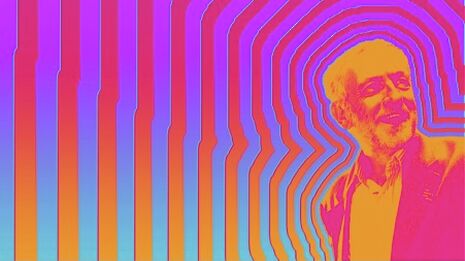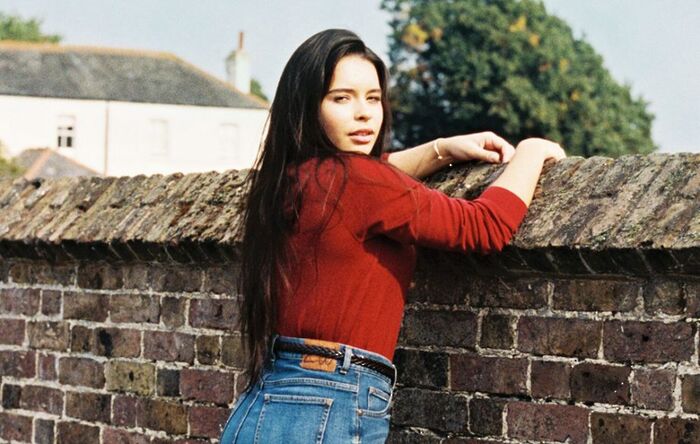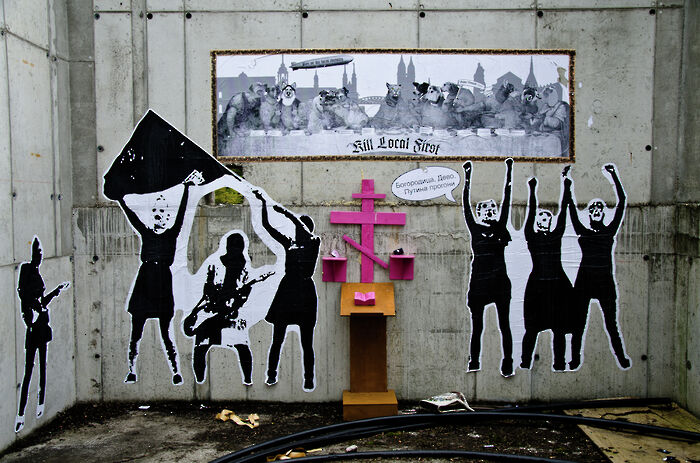Underground with Mandy, Charlie, Crystal and Corbyn: The evolution of clubbing
Thea Sands explores hedonistic history of clubbing, and the music that shaped its history

As Acid-Corbynism envelops the Labour Party and its disciples, the echoes of literal party politics resoundingly reverberate around us and our musical antics, like the deep, warping bass of a Roland TB-303 synth. Jeremy Gilbert’s belief in a collision of the radical New Left with their revived ‘improvisatory creativity’ and the psychedelic musical experimentalists of the 60s and 70s serves as a key example of the power of rave and club culture to mark social and cultural change.
"Rave is a religion of dance, music and drugs"
Rave is a religion of dance, music and drugs. It is a social phenomenon capable of creating ad hoc communities, all united in the collective joy of worship and ritual of dance music in atemporal atmospheres. Linked to emancipation, liberation and freedom of the self, it serves as an escape into another world, another reality – a contemporary version of the sacred, baptised by MDMA. But today’s climate for rave seems an entirely other world away from the illegal frenzied parties of the 90s. Focusing on idolatry and image, club culture is increasingly fetishised and manipulated into the mainstream, institutionalised by youths as a subcultural activity, but commodified and dealt in broad daylight by capitalists.
God is a DJ, producing the political, social and cultural master mix of our lives as a product/consumer hybrid. DJs create a community of literal movers and shakers, all buzzing their way through heart-warming, friendship-forming amphetamines, tirelessly revelling in the timeless mechanical maze of unbroken beats and ecstatic electronics. These concepts oozed into the bloodstream of humans from earliest jazz clubs. After the big bands of the 20s roused jiving, swinging and singing communities on the dance floor, jazzers like Charlie Parker brought about a clubbing culture led by the sax and a predilection for dance on a lifeline of marijuana and opium. Touring jazz musicians developed a ceaseless cycle of sumptuous tunes, smooth moves and slick grooves in the first British all-nighters at pop up underground clubs like Cy Laurie’s Jazz Club in Soho.
After this, the flailing limbs of rave and its delirious drug-fuelled all-nighters swung into the UK in the 50s and 60s with Northern Soul. Mods took to the underground to tune out from their purgatory-like existence of unfulfilled aspirations and simply danced the grey away. Although this was the first complete blueprint for rave, it was the pandemonium of package holidays in Ibiza that fully ushered in the new age of acid rave and ecstasy in the 80s.
In New York it was the funky soul of disco that commanded an army of dancers into formation. With a flaming energy, its fusion of styles burned through the global dancefloor and led the way for hip-hop, the mind-spinning delirium of Chicago’s hedonistic acid-house beats and Detroit’s trance-inducing techno in an underground spirit of freedom and togetherness.
While Ibiza and clubbing holidays occupied centre stage, British youth culture dropped into a new age in 1988. Revolutionised by the jaw dropping effects of ecstasy, the haze of acid house engulfed youth culture and their addiction to music and dance, providing a united platform to transcend social division and unemployment that Thatcher left sizzling on the back of their tongues. The May of 1992 saw the anarchist collectives such as Spiral Tribe and 30,000 other thrill seeking devotees lose themselves on a helter-skelter of narcotics and big beats for a week of Woodstock-goes-AWOL on Castlemorton Common in Worcestershire. Consumed by a moral panic attack, John Major evidently couldn’t find his neon vest, whistle and trainers when he passed the Criminal Justice and Public Order Act in 1994. This quashed the hedonistic debauchery of the ‘free party’ movement and outlawed its raves by banning public gatherings: “wholly or predominantly characterized by the emission of a succession of repetitive beats,” alienating an entire generation from mainstream political culture.
"Rave itself is a form of subcultural capital, a marker of social standing, taste and adventure"
Today’s rave culture has been consumed by the mechanical monsters of high capacity super clubs in our entertainment economy. Rave itself is a form of subcultural capital, a marker of social standing, taste and adventure. We dance and gurn in packs, in tribes, to the globalized mixes, samples and beats of Electronic Dance Music which blurs the boundaries between musical hierarchy, authenticity and social distinction. The countercultures of the 60s, 70s, 80s and 90s are now an ingrained part of our cultural heritage and clubbing, music festivals and pirate radio are controlled and worshipped elements of youth culture. Through dance music and clubbing you can let your political voice loose, so, please - rave on
 Comment / Plastic pubs: the problem with Cambridge alehouses 5 January 2026
Comment / Plastic pubs: the problem with Cambridge alehouses 5 January 2026 News / Cambridge businesses concerned infrastructure delays will hurt growth5 January 2026
News / Cambridge businesses concerned infrastructure delays will hurt growth5 January 2026 News / Cambridge academics stand out in King’s 2026 Honours List2 January 2026
News / Cambridge academics stand out in King’s 2026 Honours List2 January 2026 News / AstraZeneca sues for £32 million over faulty construction at Cambridge Campus31 December 2025
News / AstraZeneca sues for £32 million over faulty construction at Cambridge Campus31 December 2025 Interviews / You don’t need to peak at Cambridge, says Robin Harding31 December 2025
Interviews / You don’t need to peak at Cambridge, says Robin Harding31 December 2025











